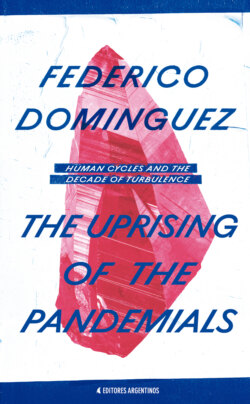Читать книгу The Uprising of the Pandemials - Federico Dominguez - Страница 14
На сайте Литреса книга снята с продажи.
THE ISSUE OF COSTS
ОглавлениеWhen discussing inequality, economists and governments tend to focus excessively on the issues of income, taxes, and public spending, and much less so on costs. The increase in costs of the meritocracy basket during the last four decades is the main culprit behind poverty and the rise of the precariat in many countries. In the United States, the cost of housing, education, and public transport increased significantly during this period. Things like a gym membership or going to a live concert have become more expensive, and even having a dignified burial has become a costly affair. Everything that is good for us and grants us upward social mobility has gone up in price. On the other hand, livelihood goods such as smartphones, internet access, clothing, white goods, food, and drinks have become much cheaper. Going shopping has become cheaper than the goods and services families need to have a better future.
The following chart shows the variation in the prices of the meritocracy basket and the livelihood basket between 1980 and 2018 (in real terms, adjusted for inflation). (8) (9)
Here lies the main problem of inequality: costs. Governments cannot force companies to increase salaries but they can stimulate the private sector to increase supply and lower prices. This means more housing, reforming the healthcare system to reduce costs, lowering the cost of university education and public services, and even creating more hotels and Airbnbs to make vacations more accessible. The key is to remove regulations and promote competition in order for the private sector to do its job by increasing the supply of all these goods and services demanded by the middle classes, thus reducing their prices.
| Meritocracy Basket | Livelihood Basket | ||
| University education | 353% | Internet access | -93% |
| Daycare, elementary school and high school | 260% | Telecommunication services | -81% |
| Housing | 193% | Servicios de telecomunicaciones | -62% |
| Healthcare | 144% | Furniture | -62% |
| Funeral services | 136% | Household appliances | -60% |
| Pharmaceutical and medical products | 90% | Clothing and accessories | -57% |
| Live music, sports and culture | 56% | Footwear | -50% |
| Urban housing rental | 55% | Vehicles | -36% |
| Public transport | 55% | Alcoholic beverages | -15% |
| Hotels | 55% | Food and non-alcoholic beverages | -9% |
| Memberships to sports clubs and sports centers | 27% | Newspapers, magazines and books | -2% |
